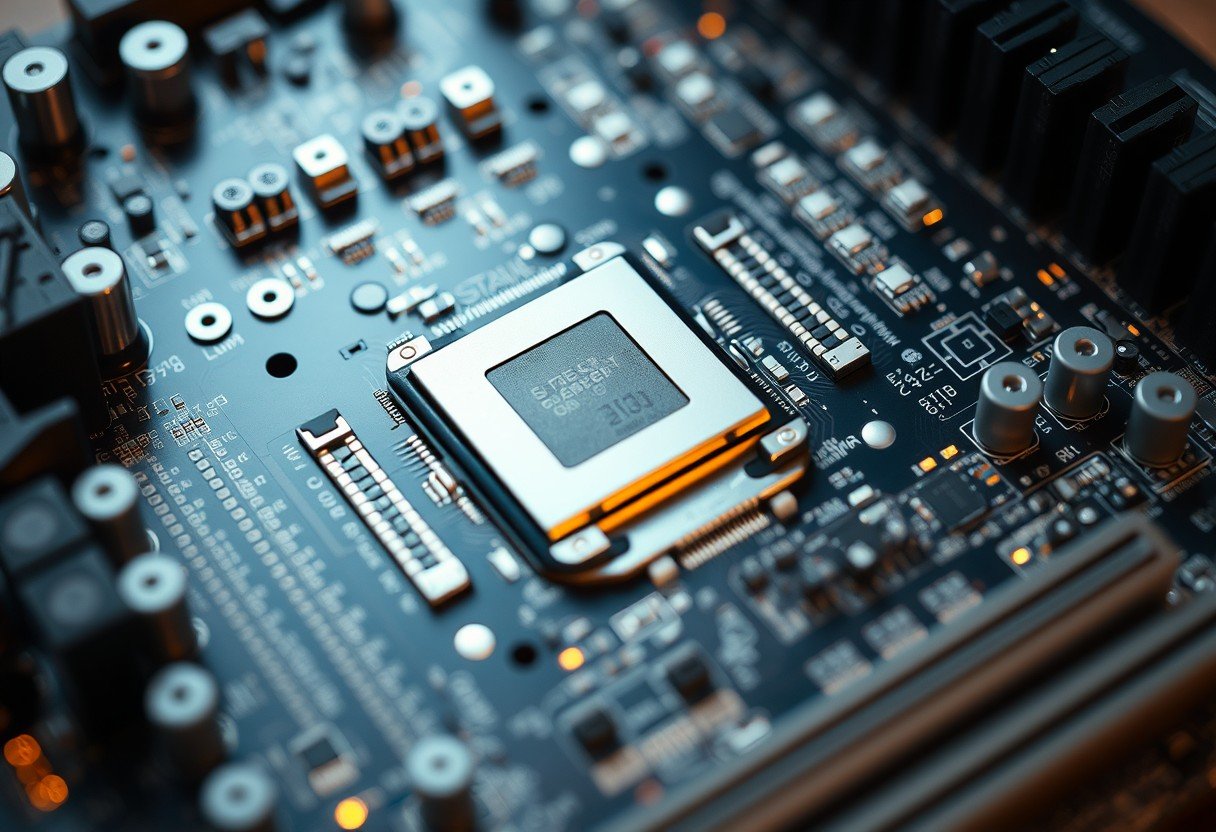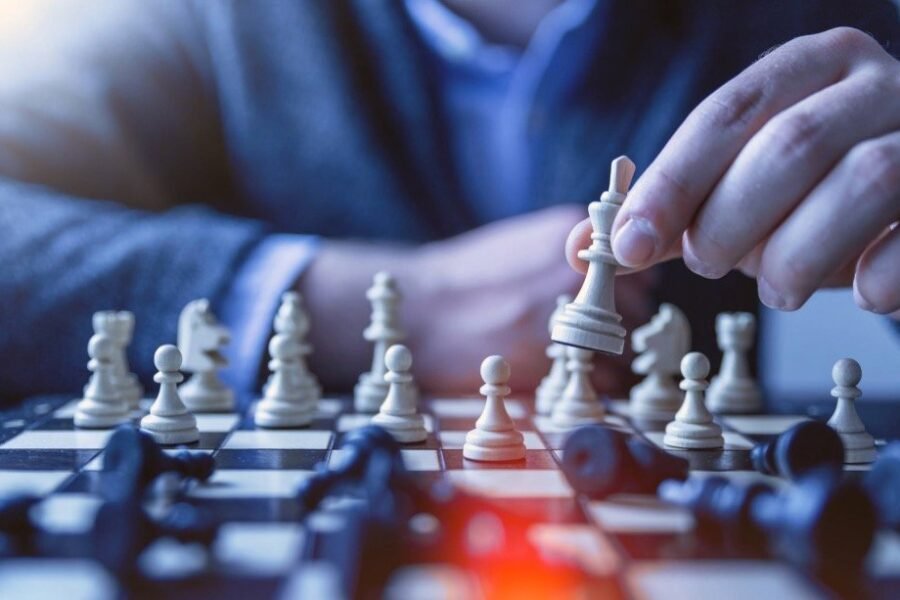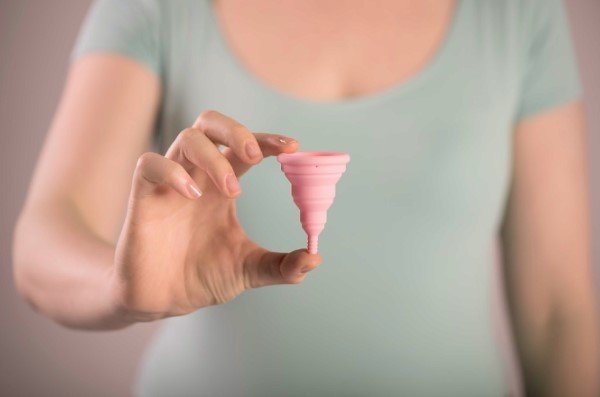Have you ever wondered why a small, shiny rock can cost thousands of dollars, while the water you need to survive costs almost nothing? This puzzle, known as the diamond-water paradox, isn’t about usefulness but about how we perceive value. The answer lies in a mix of economics, clever marketing, and deep-seated cultural beliefs that make a luxury item feel more valuable than a life-sustaining necessity. Understanding this can change how you see the price of everything around you.
The Illusion of Value and Our Psychology
The core reason for the price difference comes down to perceived value. While water is essential for survival, its abundance makes us see it as a low-cost commodity. Diamonds, on the other hand, are positioned as symbols of luxury, love, and high social status.
Our brains are wired to value things that are rare and exclusive. This psychological trigger is a powerful force in our purchasing decisions. Several factors shape this perception:
- The Desire for Status: Owning a diamond signals wealth and success to others.
- Emotional Connection: We associate diamonds with major life events like engagements and anniversaries.
- The Scarcity Heuristic: A mental shortcut where we assume that if something is rare or hard to get, it must be valuable.
This means you’re not just buying a carbon stone; you’re buying what it represents. This emotional and social value often outweighs the practical utility of an item, justifying its high price in our minds. The value of a diamond is less about what it is and more about what we believe it to be.
Scarcity vs. Abundance: The Core Economics
The classic economic principle of supply and demand is central to this discussion. Water, while vital, is relatively abundant in most parts of the world. Its supply easily meets demand, which keeps the price low. If you were stranded in a desert, a bottle of water would be priceless, but in daily life, its availability makes it cheap.
Diamonds are a different story. Natural diamonds are genuinely rare, found deep within the Earth and requiring extensive mining operations to extract. This limited natural supply is a key driver of their high cost.
However, the scarcity is not entirely natural. For much of the 20th century, companies like De Beers carefully controlled the global diamond supply. By artificially limiting the number of diamonds on the market, they created a perception of extreme rarity, which allowed them to maintain high and stable prices. This market control ensures that diamonds remain exclusive and desirable luxury goods.
The Power of a Story: How Marketing Created a Symbol
A diamond’s value is not just built on rarity but also on a powerful narrative crafted by decades of brilliant marketing. Before the 1930s, diamond engagement rings were not a widespread tradition. It was the De Beers company that changed everything with its iconic “A Diamond Is Forever” slogan in 1947.
This campaign linked diamonds with eternal love, commitment, and marriage. It transformed a luxury good into a perceived necessity for one of life’s most important rituals. The advertising campaigns created a cultural norm, suggesting that the size and quality of a diamond directly reflected the depth of one’s love and commitment.
In contrast, water is marketed based on function and convenience. We see ads for its purity, mineral content, or refreshing taste. There is no deep emotional story attached, which is why we are not willing to pay a premium for it in the same way we do for a diamond.
Investment vs. Necessity: A Consumer’s Mindset
How we think about a purchase—whether it’s for consumption or investment—drastically changes our willingness to spend. Water is a consumable good. You buy it, you drink it, and it’s gone. Its value is immediate and temporary, focused solely on quenching your thirst.
Diamonds are often viewed through an investment lens. People buy them with the belief that they will hold or even increase their value over time. They are seen as a durable asset that can be passed down through generations as a family heirloom. This investment mindset makes people more comfortable with a high initial cost, as they see it as a store of value rather than a simple expense.
While the resale value of diamonds can be complex and often lower than the retail price, the perception of them as a long-term asset remains a powerful psychological driver behind their high cost.
A Tale of Two Products: Value Comparison
To better understand the value disparity, it helps to compare diamonds and water against other consumer goods. Value in the marketplace is determined by a range of factors beyond simple utility. The following table highlights these key differences.
| Feature | Diamonds | Bottled Water | Luxury Handbags |
|---|---|---|---|
| Primary Value | Emotional, Social, Investment | Utility, Necessity | Status, Brand, Fashion |
| Scarcity | High (Natural and Controlled) | Low (Abundant) | Moderate (Often Artificial) |
| Marketing Angle | Love, Commitment, Forever | Health, Purity, Convenience | Exclusivity, Craftsmanship |
| Consumer Mindset | Long-term Investment | Immediate Consumption | Asset, Status Symbol |
This comparison shows that the luxury market operates on a different set of rules. For items like diamonds and luxury handbags, desirability is manufactured through branding, scarcity, and emotional storytelling, allowing them to command prices that have little to do with their practical function.
Frequently Asked Questions
Why are diamonds so expensive if they are not essential for life?
Diamonds are expensive due to a combination of natural rarity, controlled supply by major industry players, and powerful marketing that has positioned them as essential symbols of love, status, and commitment. Their value is based on perception and desirability, not practical necessity.
How much does marketing really affect the price of a diamond?
Marketing plays a massive role. Campaigns like “A Diamond Is Forever” created the cultural tradition of diamond engagement rings, effectively manufacturing demand. This emotional branding allows diamonds to be priced based on the story they sell, not just their physical properties.
Can the value of water ever be higher than a diamond?
Absolutely. Value is subjective and situational. In a survival scenario, such as being lost in a desert, a bottle of water would be infinitely more valuable than a diamond. This highlights that price is determined by context and immediate need, not just inherent worth.
Are diamonds a good investment?
While often marketed as an investment, the reality is complex. Retail diamonds have a significant markup, and their resale value is often much lower than the purchase price. Their value as a financial investment can be less reliable compared to other assets like gold or stocks.








Leave a Comment